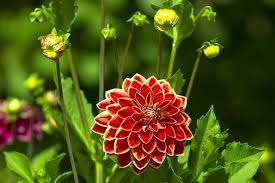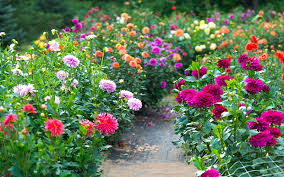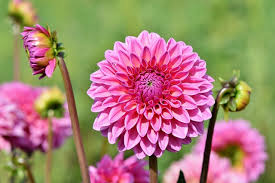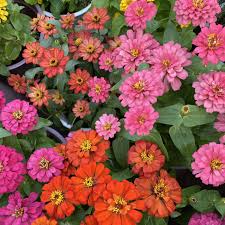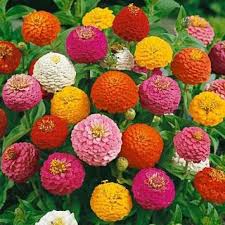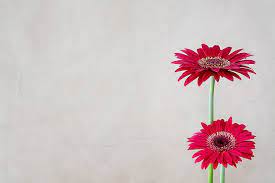**Harnessing the Benefits of Chamomile for Urinary Health: Understanding its Diuretic Effects**
In this comprehensive guide, we delve into the therapeutic properties of chamomile and its positive impact on urinary function. Chamomile, a well-known herb revered for its calming properties, also exhibits diuretic effects that support kidney function and promote overall urinary wellness. Join us as we explore the science behind chamomile’s diuretic action and uncover practical
